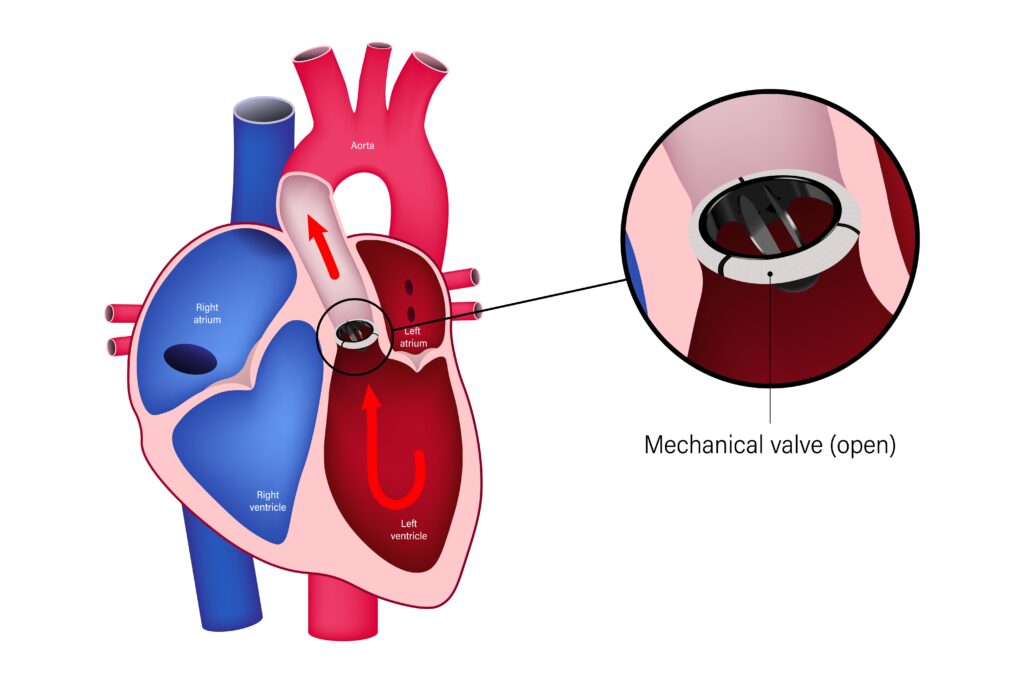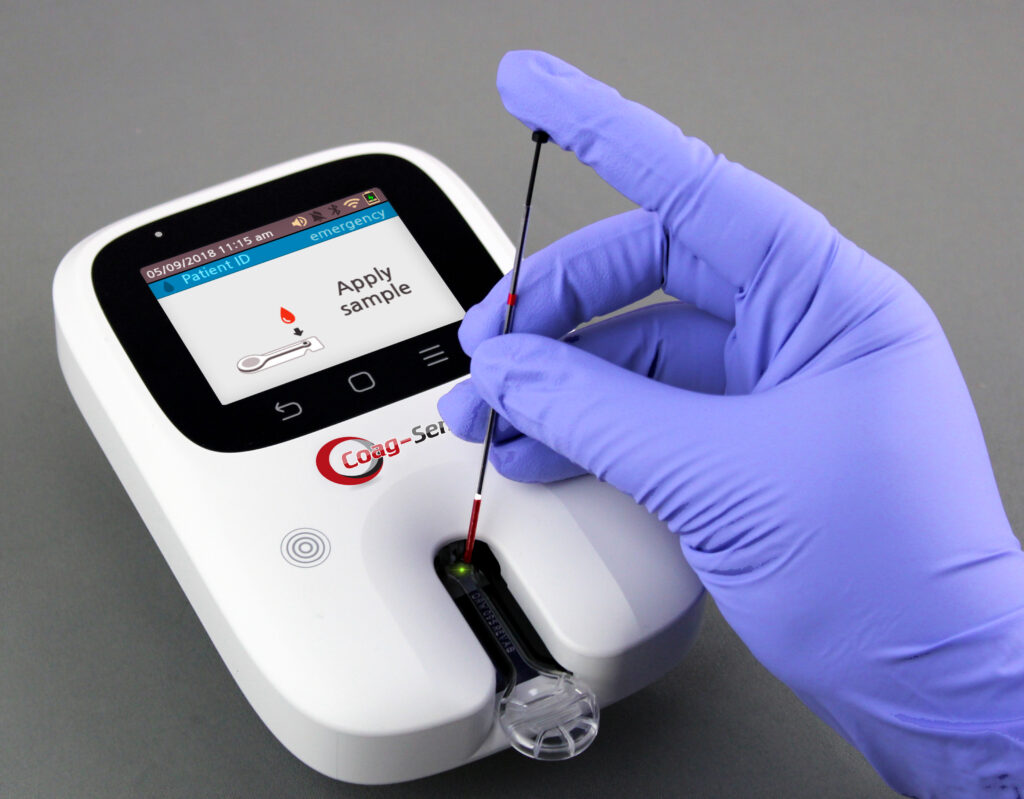Ensuring optimal health and preventing complications requires tight management for patients living with a Mechanical Heart Valve. Amongst which, monitoring PT/INR level regularly holds an important aspect.
In order to maintain a balanced and healthy lifestyle, it is necessary to understand the importance of PT/INR test for people with mechanical heart valves.
Understanding Mechanical Heart Valves
Mechanical Heart Valves are durable prosthetic devices transplanted to replace damaged natural heart valves. They are designed to mimic the function of the natural valve, which ensures unilateral blood flow through the heart chambers. Because of their synthetic nature, the mechanical valve has an underlying risk of promoting the formation of blood clots on the surfaces.
These blood clots may create serious complications such as stroke or dysfunction in the valve. To reduce this risk, lifelong anticoagulation therapy is prescribed to patients with mechanical heart valves.
The Role of Anticoagulation Therapy
Anticoagulation therapy involves the use of medication, usually Warfarin, to reduce the ability to blood clots. In order to reduce thromboembolic events in patients with Mechanical Cardiovascular valves, this therapy plays a crucial role. But, maintaining the right dose of anticoagulants is also important. Insufficient anticoagulation can cause blood clots to form, while increased anticoagulation may give rise to excessive bleeding. Therefore, regular monitoring of blood coagulation levels is mandatory.
What is the PT/INR test?
Prothrombin Time (PT) is a blood test that measures how much time it takes for blood coagulation. A prothrombin time test can be used to examine bleeding problems. PT is also used to check if the drug works to prevent blood clots.
A PT test can also be called an INR test. INR (International Normalised Ratio) stands for a way to standardize the results of prothrombin times tests, regardless of test method. It allows your doctor to understand the results in the same way when it comes from different laboratories and different test methods. In some laboratories, only INR and PT are not reported.
The Importance Of Regular PT/INR test
- Ensuring Therapeutic Anticoagulation Levels : Regular PT/INR test ensures that anticoagulation therapy is effective, and maintains INR within the target area to prevent coagulation without excessive bleeding.
- Adjusting the dosage of the drug: Diet, lifestyle and other medications can affect INR levels. Regular testing allows health care professionals to adjust the anticoagulation doses. immediately, to maintain medical levels.
- Prevention of complications: Continuous monitoring reduces the risk of thromboembolic events, such as stroke and hemorrhagic complications, leading to general protection and increase in quality of life.
Methods of PT/INR testing
- Laboratory testing: Traditionally, PT/INR levels are measured in clinical laboratories. Exactly, this method may be less practical due to the need for frequent visits.
- Care testing: Portable devices instantly provide INR tests in clinics or pharmacies, providing fast results and increased functions.
- Home monitoring: Progress in technology has led to the development of INR monitoring equipment. These devices enable patients to regularly check the INR level without visiting health services, promoting active management and timely dose adjustment.
The benefits of INR monitoring
- Convenience: Patients can test when appropriate, which can reduce the need for frequent clinic travel.
- Timely adjustment: Immediate results allow rapid drug adjustment and maintain optimal anticoagulation levels.
- Empowerment: Monitoring Home Monitoring encourages patients to play an active role in the health care system, providing better compliance and results.
Challenges and Ideas
- Exercise: Proper training is needed to ensure the exact use of surveillance equipment for home.
- Cost: The initial expense of purchasing a home INR monitor may be a consideration, although some insurance plans may cover the cost.
- Consistency: Regular calibration and test programs are important for reliable results.
Lifestyle factors affecting PT/INR levels
- Diet: Vitamin-rich foods (eg leafed greens) can affect INR levels. Constant dietary habits help maintain stable INR reading.
- Medications: Some medicines and supplements can interact with anticoagulants and require close monitoring.
- Disease: Acute diseases can affect INR levels, and require more frequent testing during such a period.
YOU MAY READ OUR OTHER BLOGS TOO:
UNDERSTANDING BLEEDING RISKS WITH HIGH INR: WHEN TO SEEK MEDICAL ATTENTION
OPTIMIZING CLOTTING CONTROL IN SICKLE CELL DISEASE PATIENTS THROUGH PT/INR TESTING
STROKE RISK FACTORS AND PT/INR MONITORING: A COMPREHENSIVE APPROACH TO PREVENTION
BALANCING ACT: NUTRITIONAL SUPPORT FOR ANTICOAGULATION PATIENTS
SUMMARY
Regular PT/INR test is the cornerstone of effective control for individuals living with mechanical heart valves. This ensures that the anticoagulation treatment remains within the therapeutic area, which reduces the risk of coagulation and bleeding. Clamping available test methods, including at home and maintaining open communication with health professionals, strengthens patients to complete life while effectively controlling the condition.
Effective management of anticoagulant therapy, this is especially true with medications such as Warfarin (Coumadin). It depends on keeping PT/INR levels within the recommended range. This task has become much easier with the development of PT/INR monitoring devices. Patients can now monitor their levels from home. Get reliable results in just a few minutes. Helps make medical adjustments faster. and greatly reduces the need to go to the hospital regularly




